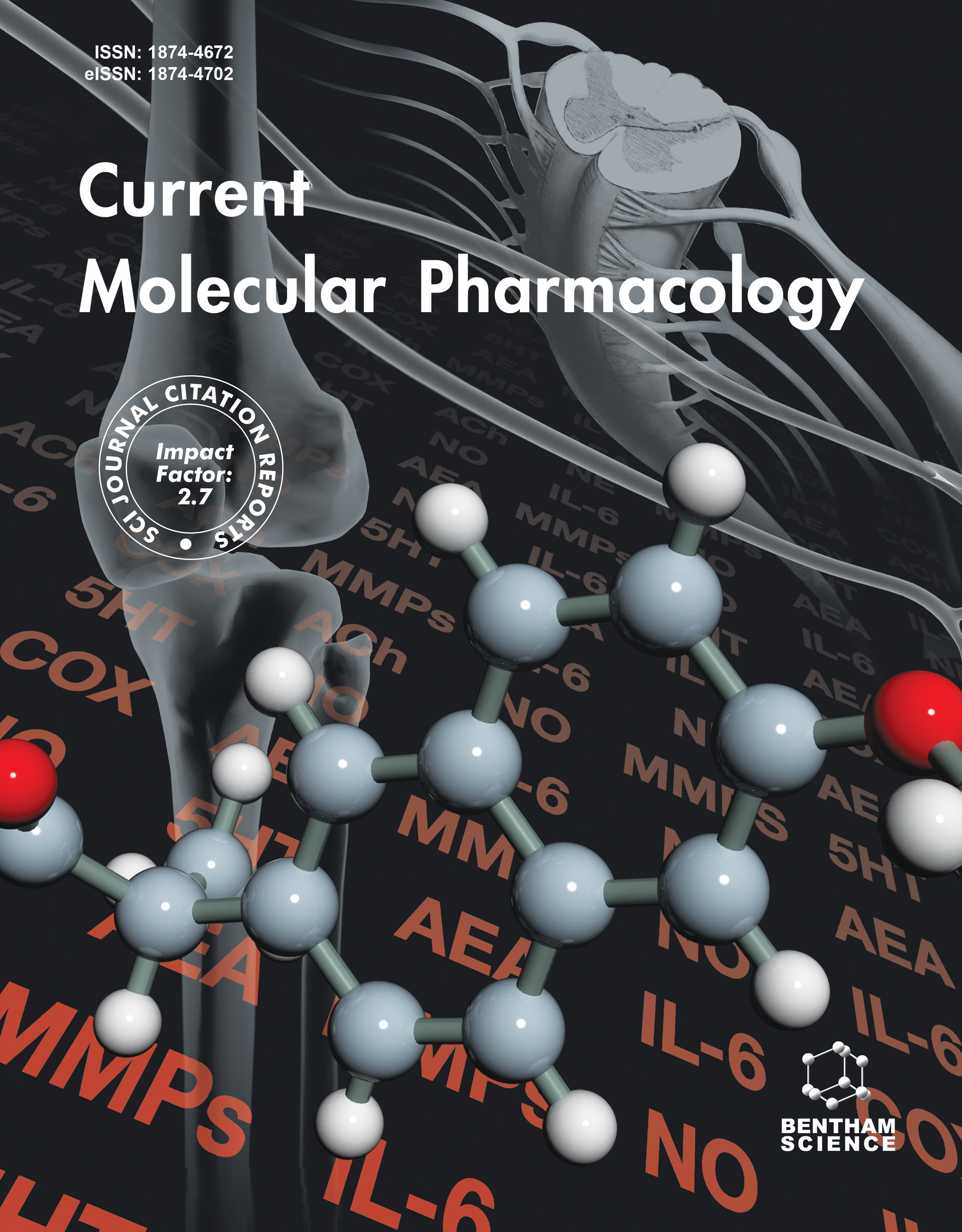-
oa Short-term Uridine Treatment Alleviates Endoplasmic Reticulum Stress via Regulating Inflammation and Oxidative Stress in Lithium-Pilocarpine Model of Status Epilepticus
- Source: Current Molecular Pharmacology, Volume 17, Issue 1, Jan 2024, e18761429315851
-
- 12 Mar 2024
- 23 Jul 2024
- 01 Jan 2024
Abstract
Status Epilepticus (SE) leads to the development of epilepsy with the contribution of endoplasmic reticulum (ER) stress. Uridine, a pyrimidine nucleoside, has been shown to have neuroprotective and antiepileptogenic effects in animal models. This study aimed to determine whether uridine ameliorates ER stress and apoptosis following epileptogenic insult. Secondly, this study aimed to establish the effect of uridine on inflammatory and oxidative stress parameters that contribute to ER stress.
Status epilepticus was induced using lithium-pilocarpine in adult male Sprague-Dawley rats. Following SE termination, rats were treated with uridine, 4-phenylbutyric acid (4-PBA), or saline twice daily for 48 h. Expressions of hippocampal glucose-regulated protein 78 (GRP78), Inositol-Requiring Protein 1 (IRE1α), Protein kinase RNA-like Endoplasmic Reticulum Kinase (PERK), and C/EBP Homologous Protein (CHOP) were determined by western blotting 48 h after SE. Uridine's effects on apoptosis, inflammation or oxidation were evaluated by analyses of cleaved caspase-3 and poly(ADP-ribose) polymerase 1 (PARP1) protein expressions or pro-inflammatory cytokine levels or levels of oxidative stress markers, respectively.
Expressions of all ER stress-related proteins significantly increased 48 h after SE. Uridine treatment markedly decreased GRP78, IRE1α, and CHOP levels. A decrease in the PERK level was observed following the administration of 4-PBA; however, uridine had no effect. Cleaved caspase-3 and PARP1 levels were increased in the SHAM group, while uridine and 4-PBA treatment effectively decreased their expressions. Treatment with uridine significantly reduced Myeloperoxidase (MPO) and Malondialdehyde (MDA) levels while tending to increase Catalase (CAT) and Glutathione Peroxidase (GPx) levels. Uridine treatment also significantly attenuated levels of TNF-α and IL-1β, the pro-inflammatory cytokines, which increased 48 h post-SE.
Our data indicate that uridine alleviates ER stress after SE. This effect may be attributed to the regulation of inflammation and oxidative stress. Uridine shows promise as a potential preventive agent for epilepsy.



